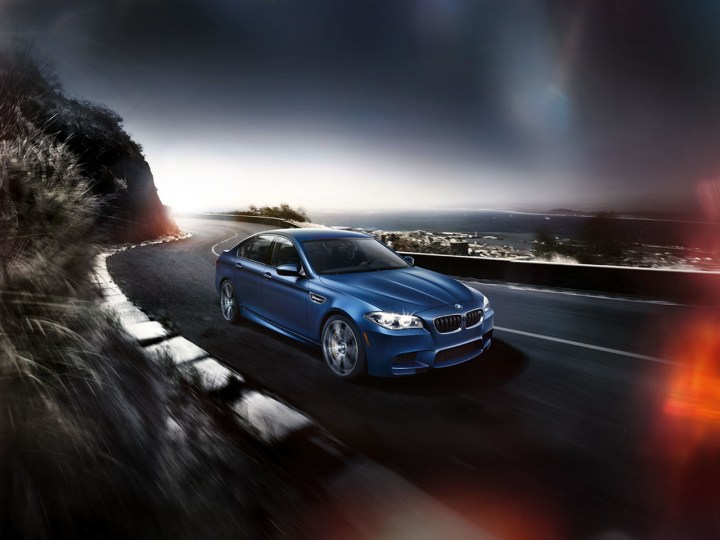
And that movement has claimed yet another pair of victims, as Car and Driver reports the BMW M5 and M6 will drop their six-speed manual options when production for the current generation ends this fall. Frank van Meel, CEO of the brand’s M division, said, “Demand had dropped to zero,” meaning that the duo will equip dual-clutch transmissions exclusively going forward.
That saddest part of the whole ordeal is that the six-speed manual was developed specifically for the U.S. market. The twin-turbo, 4.4-liter V8 that powers both the M5 and M6 produces so much power — 560 horsepower and 500 pound-feet of torque to be exact — the vehicles’ engine control units needed extensive retuning to preserve transmission health, a move that required significant investment by BMW. Unfortunately, BMW’s effort was not reflected in the sales numbers.
The anti-stick movement is not a new one in our industry. Van Meel went on record last year, saying, “From a technical standpoint, the future doesn’t look bright for manual gearboxes. The [dual-clutch transmission] and auto ‘boxes are faster and they have better fuel consumption.”
BMW is not alone in this view, as many automakers have decided dual-clutch technology is the most efficient way for its customers to change gear. Recently, Porsche axed the manual from its hardcore 911 GT3 RS and made a PDK gearbox the only option.
There is some hope though, because according to van Meel, standard gearboxes will remain available on many of BMW’s smaller vehicles.
“On M2, M3, and M4, the manual transmission will stay,” he assured. But for how long? For now, we’ll hold onto what’s left and hope for the best.


